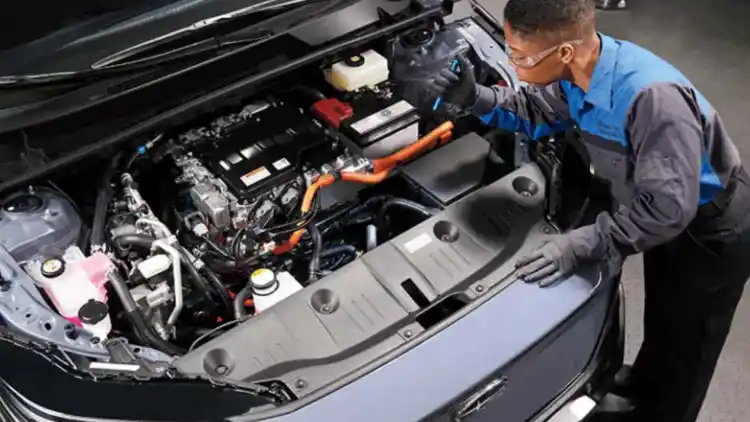Ever wondered how your car springs to life with just a turn of a key or a button press? It all starts with the ignition, an essential interior car part.
What is the Ignition System?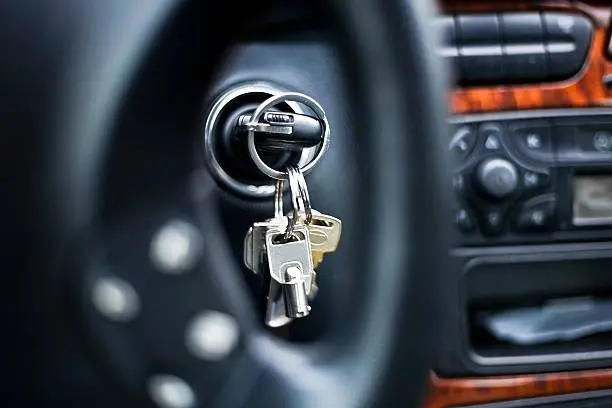
Your car's ignition is a super important interior car part. You'll usually find it near the steering wheel, close to where you sit. This is the main piece you interact with every time you want to drive. Think of it as the big "on switch" for your car's engine. Without it, your car simply wouldn't start or move at all.
This whole system includes a few key pieces:
The Ignition Switch: This is the part you turn with your key or press with your finger.
The Starter Motor: This is a small electric motor that gets the main engine going.
These pieces work together perfectly to wake up your car. When you use the ignition – by turning your key or pushing a button – it sends a special signal. This signal tells the engine to begin its start-up process. It’s a very clever system, designed to be easy for you to use every single day. Even though it's so vital, it often blends right into your car's interior.
Why is the Ignition System Important?
The ignition provides several crucial jobs in your car. It’s much more than just a switch:
It Starts the Engine: This is its main job. The ignition is the very first step to get your car moving. No ignition, no drive.
A Safety Feature: Many modern cars connect the ignition to their security systems. This means your car is much harder to steal. It protects your car from thieves.
Daily Use and Reliance: You touch or interact with the ignition every single time you drive. Because you use it so often, keeping this interior car part in good shape is vital. It helps you avoid annoying breakdowns on your way to work or anywhere else.
How Does the Ignition Work?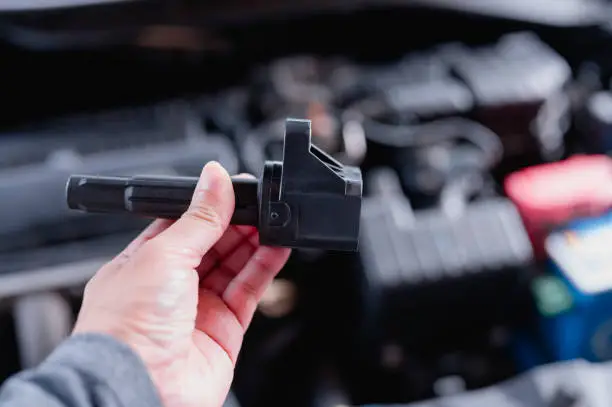
Starting your car with the ignition system feels almost magical. You just do a small action, and the big engine comes to life. It’s a quick process that takes only a few seconds. Here’s a simple look at what happens:
Your Action: You either slide in your car key and turn it, or, in newer cars, you press a start button.
Signal Sent: This turns on the ignition switch. The switch then sends a special electrical signal.
Starter Engages: This electrical signal goes straight to the starter motor.
Engine Turns Over: The starter motor then spins your car's engine around. This is often called "cranking" the engine.
Fuel Ignites: As the engine spins, tiny sparks from the spark plugs light up the fuel inside the engine. This makes a small explosion.
Engine Roars: And just like that, your engine is running! It all sounds complicated, but it happens super fast.
This whole process needs power from your car's battery. If your car battery is weak or dead, you might find it hard to start your car, even if the ignition itself is fine. In cars from many years ago, you always needed to physically turn a key. But many new cars now have push-button ignitions that do the very same job with just a simple touch.
Using Your Ignition Every Day
No matter what type of ignition your car has, using it is simple. Here’s how you interact with this interior car part:
For Key Ignitions: Just slide your car key into the slot. Then, turn the key to the right (clockwise) until you hear the engine start up. Once it starts, you can let go of the key.
For Push-Button Ignitions: Make sure your foot is firmly pressing down on the brake pedal. Then, just press and hold the start button. The engine should hum to life quickly.
Basic Troubleshooting: If your car doesn't start, don't worry right away! It's not always the ignition's fault. First, check your car battery. Sometimes, a dead battery is the real issue. Also, make sure you are using the correct key for your car.
Types of Ignition Systems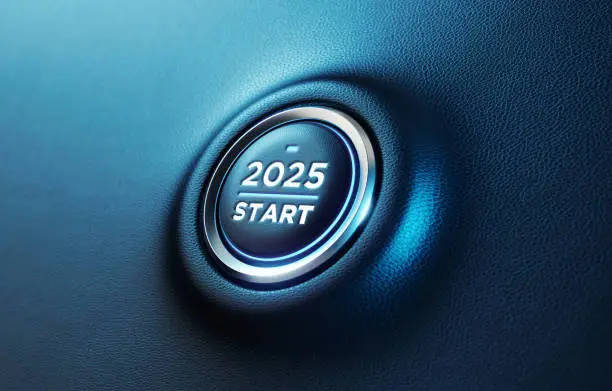
Over the years, car ignitions have changed a lot. They all do the same main job – starting your engine – but they do it in different ways. Here are the most common types of ignition systems you'll find:
Type | How You Use It | Pros (Good Points) | Cons (Bad Points) |
|---|---|---|---|
Key Ignition | You turn a real metal key | Less costly to fix; simple design. Often costs less than 100-300 AED/SAR for small repairs. | Can get worn out over time; the key itself can break. |
Push-Button | You just press a button | Very fast to start; super convenient; feels modern. | Relies heavily on battery; can be more expensive to replace, maybe 500-1500 AED/SAR. |
Remote Start | You use a special key fob from far away | Can warm up or cool your car before you even get in. | Needs extra parts in your car; might have small security risks. |
Beyond these, there are also special keys called transponder keys. These keys have a small computer chip inside them. This chip talks to your car's ignition system. If the car doesn't recognize the chip, the engine won't start. This is a great anti-theft feature. Older cars might also have very simple switches with no fancy electronics.
Each type has its own feel. Key ignitions are classic and reliable for many cars. Push-button ignitions are now very popular in most new models. You can choose what style you like best, depending on your car's age and what makes your driving easier.
Common Ignition Problems
Just like any other car part, your ignition system can have issues. This can be really frustrating, especially when you need to go somewhere and your car won't start! If your ignition is acting up, you might notice a few things:
Hard to Turn the Key: The key might feel stiff, or it might not turn at all.
No Engine Sound: You turn the key or press the button, but you hear no noise from the engine.
Strange Clicking Sounds: You might hear an odd clicking noise when you try to start the car.
Many of these problems can be fixed easily. Here are some common reasons why your car's ignition, an important interior car part, might not work:
Worn-Out Key or Switch: If you've been using the same key for many years, it can wear down. The parts inside the ignition switch can also get worn out from lots of use. This can make turning the key feel stiff or stop it from working.
Electrical Glitches: The whole starting process depends on electrical signals. If there's a problem with the wiring or if your car battery is dead, the signal might not reach where it needs to go. This can cause delays or prevent your car from starting, even if the ignition switch itself is fine.
Security Lock Issues: Modern car keys often have a special computer chip (transponder). If this chip gets damaged or demagnetized, your car might not recognize your key. It's like the car thinks it's being stolen, so it won't let you start the engine.
Don't let these issues scare you. Many times, they are not big emergencies. It’s always a good idea to check your ignition system regularly during your car's routine maintenance. Catching small problems early can stop them from becoming bigger, roadside problems later on.
Maintaining Your Ignition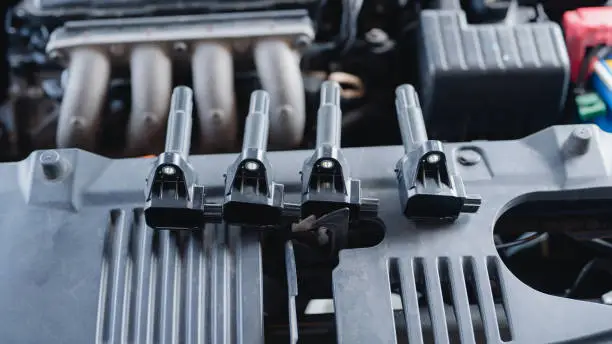
Keeping your ignition system healthy is a simple way to avoid unexpected problems and make your daily drives stress-free. There are easy things you can do to take care of this important interior car part:
Keep it Clean: Gently wipe around the ignition slot or button area, near your steering wheel. Dust and dirt can build up over time. Keeping it clean helps your key slide in smoothly or your button work correctly.
Handle with Care: Always be gentle when you use your ignition. If your key gets stuck, don't force it. Move it gently from side to side. When using a push-button, press it firmly but not too hard.
Get Professional Checks: Ask your mechanic to look at your ignition system when your car gets an oil change or other routine service. They have special tools to spot hidden problems that might not be obvious to you. Finding these early can save you money and trouble later.
Avoid Heavy Keychains: Don't hang too many heavy items on your car keychain. The extra weight can pull down on the ignition switch over the years. This can cause it to wear out faster than it should.
Combine these tips with general car care, like checking your battery often. These small habits take only minutes but can add many years to the life of your ignition and your car!
FAQ
Got more questions about starting your car? Here are quick answers to some common questions:
Q:What is the most basic thing I need to know about the ignition?
A:The ignition is that vital interior car part in your car that makes the engine start. You use it by turning a key or pushing a button. This action sends a signal to start everything up. Remembering to keep it clean and use it gently will help ensure smooth starts every time you drive.
Q:How can I tell if my ignition isn't working correctly?
A:Watch out for a few signs. These include a key that is hard to turn, a clicking sound when you try to start the car, or the engine taking a long time to respond. Sometimes, a simple clean or a new key can fix it. But if the problems continue, it’s best to ask a professional mechanic for help.
Q:Are push-button ignitions safer than key ones?
A:Push-button ignitions often come with more advanced security features, which can make your car harder to steal. Key ignitions are simpler in design and usually cost less to repair. Both types are very reliable if you take good care of them. The best one for you depends on what your car has and what you prefer for your daily use.
Read More:
How Much Is the Jetour T2:Current Price Guide & Where to Find Deals
VW Tiguan Making Strange Noises During Acceleration?
How Much Is a 2025 Volkswagen Tiguan? Your Gulf Region Pricing Guide




